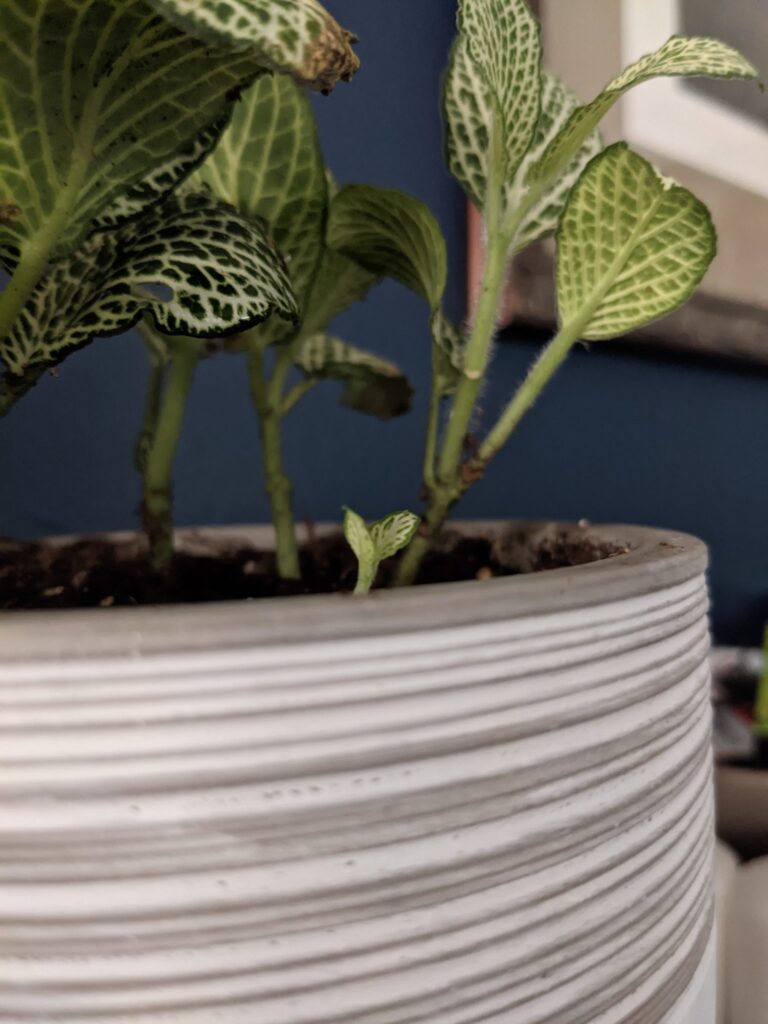In the realms of science and natural exploration, amplification is a concept that is both straightforward and intricate, allowing us to uncover extraordinary details beneath the surface of everyday objects. Imagine a common leaf, a treasure trove of complex details waiting to be discovered. When we magnify a leaf by 100 million times, we embark on an awe-inspiring journey into a hidden universe that far exceeds initial expectations of a simple green surface. To truly appreciate this transformation, we must first understand the basic principles of amplification itself.
The Formula and Principles of Magnification
The formula for calculating magnification is simple: magnification equals the image size divided by the actual size. This equation is key to understanding how we perceive the details of the world around us. For instance, if we enlarge a 30mm leaf image by 3000 times, we must first determine the actual size of the leaf. By rearranging our scaling formula, we find that the actual size of the leaf is 30 millimeters divided by 3000, highlighting how small these structures are in reality. The beauty of magnification lies not only in its mathematical simplicity but also in the profound insights it brings.
As we delve deeper into the mechanism of amplification, we must remind ourselves that this measure has no unit; It is simply represented as “x10” or “x5000”. This basic understanding helps us deal with the complexity of microscopy and biological research. The skill of calculating magnification, drawing dimensions, or determining actual dimensions is a fundamental aspect of scientific inquiry, often encountered in educational assessments, including various paper formats. By mastering the amplification equation, both students and enthusiasts can open the door and gain a deeper understanding of the complex design of life.

Discovering the Wonders of Leaves at Extreme Magnification
However, when we apply these calculations to the leaves, the real magic begins. The surface of leaves is often taken for granted, as it is a busy ecosystem composed of cellular structure, pigments, and complex systems that sustain life as we know it. When we enlarge the leaves by 100 million times, we are not only concerned with their physical structure; It is a complete microcosm that showcases itself to us. At this incredible level of amplification, we begin to witness phenomena occurring within the structure and microscopic realm of life.
Leaves serve many purposes in their natural habitat: they absorb sunlight, promote photosynthesis, and participate in various biochemical processes crucial for plant life. But what do leaves look like when observed through advanced magnifying glasses? As we transition into this new stage of exploration, let us imagine gazing into the depths of a leaf magnified one hundred million times, where the ordinary becomes extraordinary and reveals a hidden world.
In this vast journey of discovery, imagine that chloroplasts—the organelles responsible for photosynthesis—have now become enormous structural landscapes, each playing a vital role in converting sunlight into energy. These microscopic machines are crucial for the survival of plants and all life on Earth, and their beauty is almost celestial. They resemble small green structures, akin to islands in the cell matrix ocean, each generating energy and fueling the Earth’s ecosystem.

As we continued to broaden our horizons, we encountered a series of cells that form the leaf epidermis. At a magnification of 100 million times, these cells exhibit new features; They are no longer just a flat surface, but a dynamic structural layer that includes the stratum corneum, stomata, and trichomes. Pores – tiny openings that facilitate gas exchange – become the gateway for leaves to inhale carbon dioxide and exhale oxygen into the world. There are guard cells that open and close around each stomata, playing a crucial role in maintaining the balance of the plant’s body. Observing these structures at such a magnified scale allows us to gain a deeper understanding of the subtle life balance maintained by plants in response to their environment.
Hairy bodies or hair-like structures appear as multifaceted entities with various functions, from protecting leaves from herbivores to helping regulate humidity. At this enormous magnification, they present a series of fascinating forms and textures, showcasing nature’s creativity and adaptability. This dazzling display reminds us of the complexity and interdependence of life in every ecosystem. Each hair-like body is a testament to the evolutionary processes that have shaped plant life for thousands of years.
Delving deeper into our exploration, the vascular tissue responsible for transporting nutrients and water reveals its complex network. The cells in the xylem and phloem, with their unique structures, resemble a massive highway running through leaves, ensuring the flow of essential resources. The xylem transports water from the roots to the leaves, becoming the river of life, while the phloem transports sugars produced during photosynthesis to various parts of the plant. Observing these systems closely reminds us of the interconnectedness of life, where each component plays a crucial role in the larger picture of survival.
When we marvel at the visual brilliance of leaves magnified 100 million times, we gain a deeper understanding of plant biology and develop a new appreciation for the natural world. This journey into the microcosm sparks curiosity and a desire to protect the fragile ecosystems that support all forms of life. The beauty discovered at this level goes beyond mere observation; it ignites a passion for exploration, sparks a sense of wonder, and encourages us to learn more about the science that underpins our world.
Related posts:
10 phenomena to see and photograph during a total solar eclipse
This space artist changed the way we see the universe
Long Exposure Photography: A Step-By-Step Guide (+ Tips)




